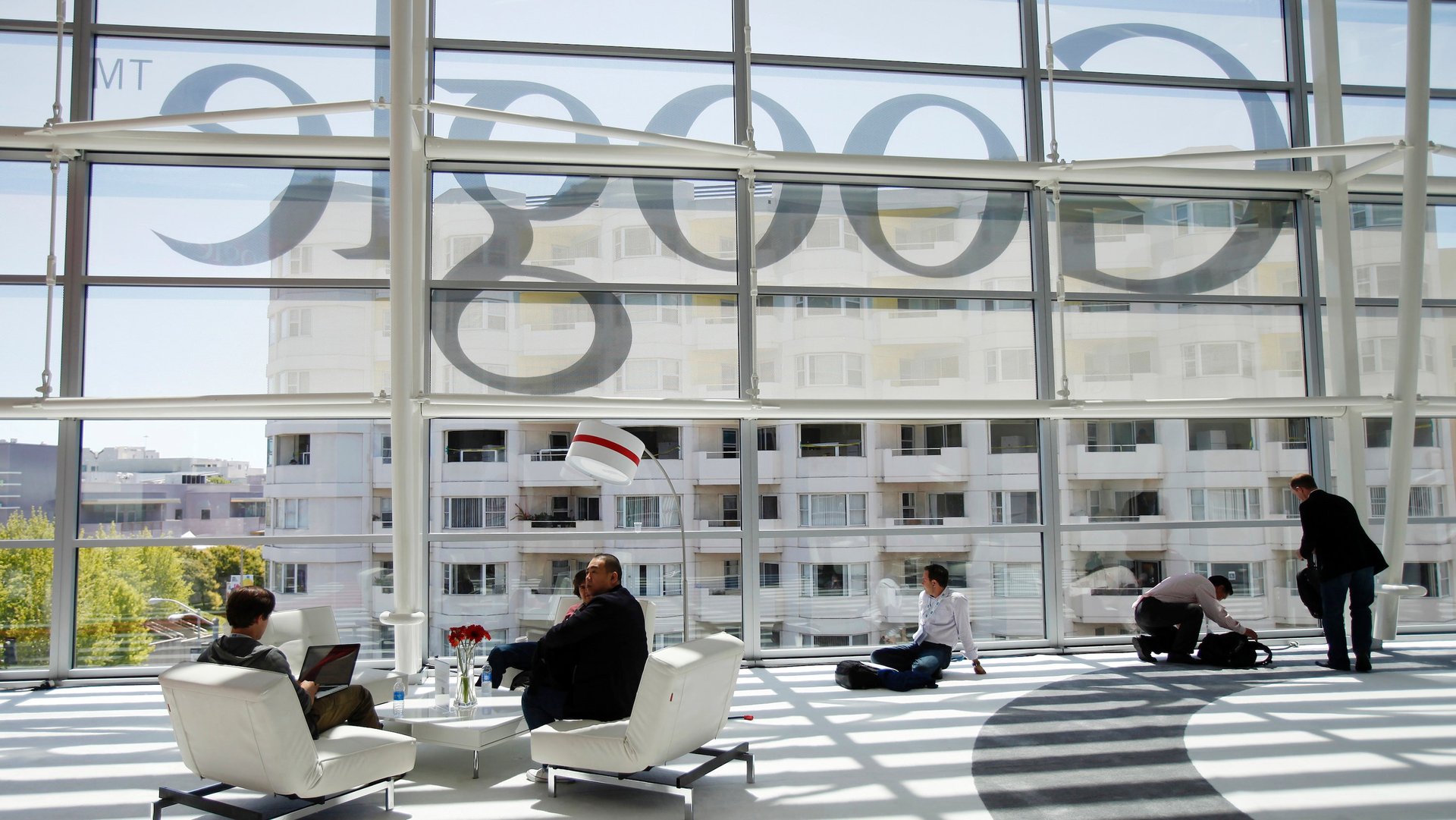Google’s parental leave just got a lot more generous
Much has been written about the difficulties faced by workers in the “sandwich generation”—people at a stage of life where they’re raising young kids while simultaneously caring for their own aging parents.


Much has been written about the difficulties faced by workers in the “sandwich generation”—people at a stage of life where they’re raising young kids while simultaneously caring for their own aging parents.
Alphabet’s Google has responded with a suite of new leave policies aimed at expanding the amount of time its staff can take off work for a variety of reasons.
The company announced Thursday that parents who give birth will receive 24 weeks of leave, up from 18 weeks previously. All parents will be eligible for 18 weeks of leave, up from 12 weeks, and any employee will be able to take 8 weeks of caregiver’s leave (up from 4 weeks). In addition, Google will offer a minimum of 20 days’ vacation, up from 15.
“More than 40% of our employees are in the sandwich generation,” Google’s chief people officer Fiona Cicconi said in a statement. “We want to support employees at every stage of their lives.”
How do Google’s leave policies stack up?
Google’s new leave policies place it near the top of the pack compared with many other tech companies. Meta, the parent company of Facebook, offers four months of paid parental leave to all new parents.
Microsoft offers 20 weeks for birth parents and 12 weeks for all other new parents. Amazon gives six weeks’ paid parental leave for all parents; for birth parents, it also offers 4 weeks pre-partum leave and 10 weeks post-partum leave.
Netflix, by contrast, offers a full year of parental leave, far outdoing Google.
Regardless, Google’s move is noteworthy because other tech companies may now feel pressured to increase their leave policies to better compete for talent.
Google has a history of setting policy trends in the tech industry and beyond. During the pandemic, for example, it was the first Big Tech company to issue a vaccine mandate for employees; it was one of the first major companies to delay office reopenings; and it was among the first big companies to tell employees to start working remotely back in March 2020.
More broadly, the company’s famously lavish perks (from free meals and yoga classes to subsidized massages), generous benefits, and creative culture have inspired many other companies to follow its lead. While the era of nap pods and in-office bowling alleys as a key way to attract talent may be over, policies aimed at helping employees to attain better work-life balance are arguably more attractive than ever.
What is best policy for paid time off?
Google’s policies aren’t the only way to address the various needs of workers. As an alternative to offering a variety of prescribed leave policies, some have made the case for instating universal or “open” leave policies. These can be used for everything from caring for a baby or eldercare to vacation, personal illness, and bereavement.
Either way, Google’s new policies represent a welcome acknowledgment that lots of people need time away from their jobs for all sorts of reasons—and in a post-pandemic world, companies’ old leave policies may no longer cut it.
Quartz at Work is available as a newsletter. Click here to get The Memo delivered directly to your inbox.